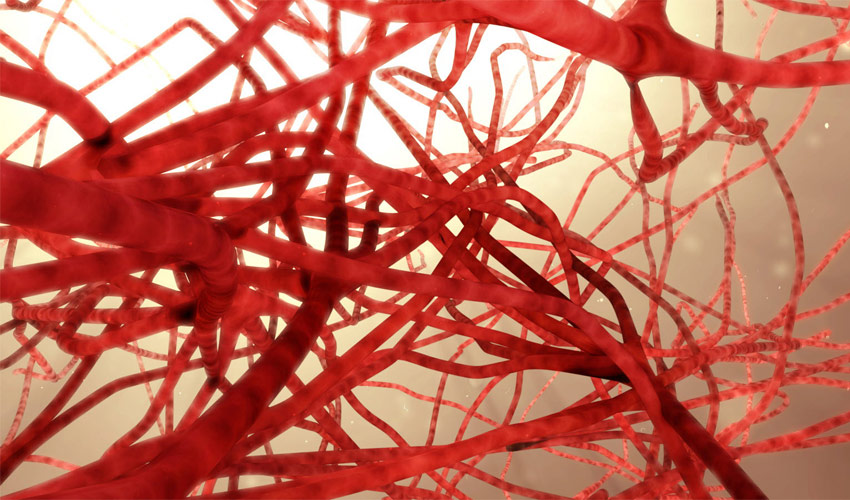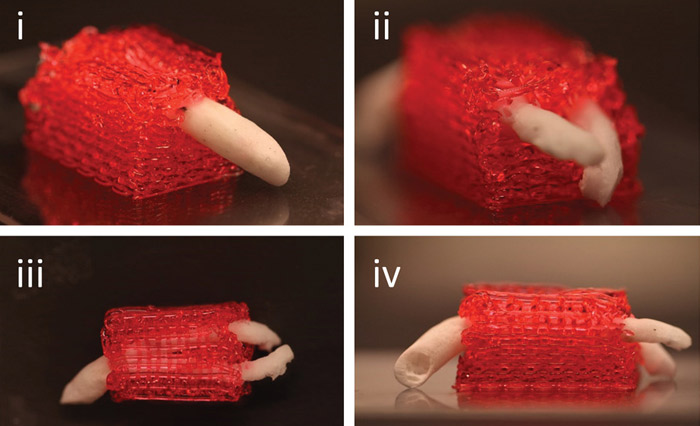A Network of 3D-Printed Blood Vessels to Facilitate Transplants

At the Israel Institute of Technology, Technion, scientists have created a network of 3D-printed blood vessels that would be able to supply the necessary amount of blood to an implanted tissue. Still in the research stage, this project could have a significant impact on the implantation of tissues in humans: the tissues in question could indeed be better assimilated by a patient and reduce the risk of rejection. The use of 3D printing would also offer a personalized solution to each individual, thus improving operations. This blood vessel network has been successfully tested on a rat and the objective is to move on to larger animals such as pigs.
By using additive manufacturing in their research, many scientists are able to reproduce organs, blood vessels, tumors, or tissues to improve medical operations, their understanding of certain diseases, or reduce the risks associated with transplants. For example, the University of California at San Diego has 3D-printed scaffolds that allow the creation of blood vessels to better treat cancerous tumors. In this case, the team in Israel seeks to improve tissue transplants in a patient.

The researchers first 3D-printed a scaffold covered with a 3D printed hydrogel. (Photo Credit: Advanced Materials)
3D-Printed Blood Vessel Network Made from Collagen
When a patient receives new tissue, it must first be permeated by the body’s blood vessels so that it can receive all the nutrients and oxygen it needs to function and survive. The tissue is therefore first implanted in a “healthy” area of the patient’s body, before being placed in the right location. This step adds a certain complexity to the operation and an additional delay. However, Technion scientists have devised a 3D-printed solution to directly feed this new tissue without going through the patient’s body.
Human collagen developed by Collplant was used to 3D-print a scaffold that mimics the structure of a large blood vessel. The scaffold is shaped like a tube with openings on the sides to connect smaller vessels. Once the scaffold was ready, the scientists surrounded it with tissue that was also 3D-printed using collagen. It was then covered with endothelial cells. Gradually, the scientists observed that tiny blood vessels were forming inside the tube and after a week of incubation, the scaffold in question had been able to create connections with these small vessels. The result is a real network, with branches that can communicate with each other.
To see if this network was functional and if the 3D-printed blood vessels could actually deliver what the tissue needed, the team attached it to the femoral artery of a transplanted rat. According to her, blood was able to flow from the 3D printed network to the implanted tissue, all without leakage. She says she now wants to print larger vessels to test her network on larger animals; the eventual goal is a viable solution for humans. The entire study is available HERE.
What do you think of Technion’s 3D-printed blood vessel network? Let us know in a comment below or on our Facebook and Twitter pages. Don’t forget to sign up for our free weekly newsletter, with all the latest news in 3D printing delivered straight to your inbox!
Cover Photo Credit: Adobe Stock






